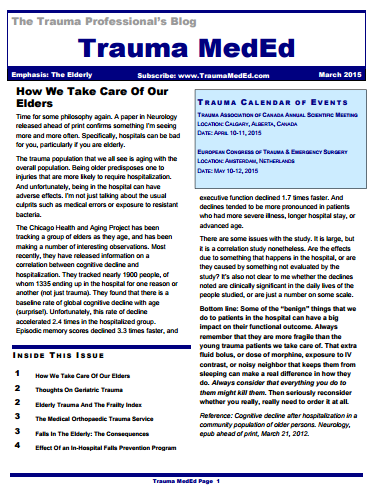Many readers are familiar with the concept of “crowdsourcing”, or tapping into a pool of people connected via the internet to obtain something of value. This something might be information, services (think Uber), or content (99designs). And with the advent of websites like KickStarter, it is now possible to crowdsource money.
As anyone who has an academic focus can attest, there is tremendous pressure to pursue (hopefully) meaningful research. In many cases, this is an integral part of keeping one’s job. But research is expensive. Even the simplest retrospective study requires some kind of statistical analysis, and statisticians don’t work for free. And in more sophisticated research labs, there are huge personnel, equipment, as well as other infrastructure costs.
Traditionally, researchers have pursued grant dollars from single sources like the federal government, local agencies, corporations, and charitable organizations. But this is very competitive, and it’s usually an all or none proposition. Only one of many applications gets all the cash, and the rest get none.
But now, crowdsourcing has moved beyond the technology and design type projects seen on KickStarter to what is now called crowdfunding. There are a number of sites that solicit small donations from individuals, pooling them together into large amounts. The largest campaign on KickStarter was able to amass over $20 million to create a new version of the Pebble watch. A small campaign to get $10 to develop a potato salad recipe ended up collecting over $55 thousand.
Bottom line: The concept of crowdfunding has now made the jump to funding research. There are a number of sites that are structured similarly to KickStarter that allow researchers to solicit donations from the public. Some are relatively rudimentary, and some are naive in their approach to soliciting funds. In order to engage the public to contribute sums of money, large or small, research teams will need to explain their ideas simply and describe some practical or potential application. And it won’t hurt to offer some type of schwag for donors at various financial levels.
A few interesting crowdfunding sites:

